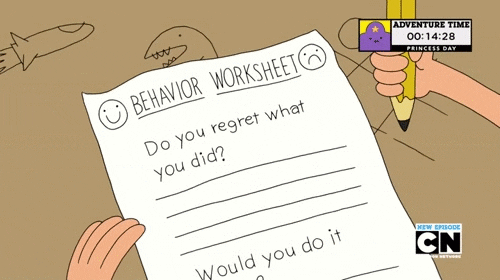Tips for writing positive emails
It can be harder to communicate in writing than in a business call or in-person meeting since writing can come across as more harsh. Plus, you can not count on body language: no smiling or air quotes when you are being sarcastic or telling a joke. You can not waste the real estate of your email on abstract topics and can not digress like during a meeting or a call, and that can sound cold and distant. So, you have to put in extra effort to make the recipient feel respected and valued. And here is where writing in a positive tone can help you.
It is safe to say that getting one’s message across in writing and making that message both positive and clear is a skill. While it depends on a wide range of other skills, particularly writing skills, it can definitely be learned.
You do not have to become a master writer. Instead, just being aware of some basic email etiquette and hints should do the trick. If you want to get the hang of it, follow the tips listed below.
Begin and end with something positive
Whenever we read something, we are most likely to remember how it began and how it ended. Scientists call it the serial position effect, and it is a real phenomenon that has been used in many disciplines, from marketing to education. You can take advantage of it in each email you write. You just have to begin and end with something positive.
In the opening sentence, instead of getting straight to the point, congratulate the recipient on something. You could also describe how you enjoyed talking to that person at an event or a work party. It will help set the tone for the rest of the email.









